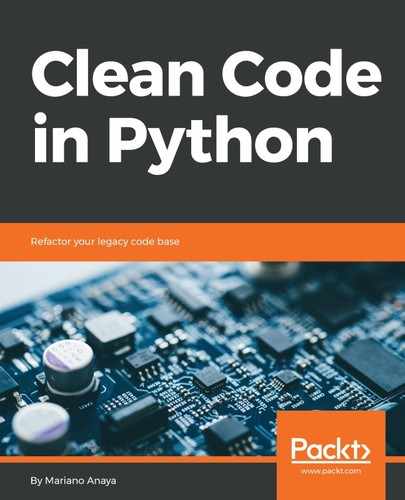A design patterns, as with any other topic in software engineering, cannot be good or bad in and of itself, but rather in how it's implemented. In some cases, there is actually no need for a design pattern, and a simpler solution would do. Trying to force a pattern where it doesn't fit is a case of over-engineering, and that's clearly bad, but it doesn't mean that there is a problem with the design patterns, and most likely in these scenarios, the problem is not even related to patterns at all. Some people try to over-engineer everything because they don't understand what flexible and adaptable software really means. As we mentioned before in this book, making good software is not about anticipating future requirements (there is no point in doing futurology), but just solving the problem that we have at hand right now, in a way that doesn't prevent us from making changes to it in the future. It doesn't have to handle those changes now; it just needs to be flexible enough so that it can be modified in the future. And when that future comes, we will still have to remember the rule of three or more instances of the same problem before coming up with a generic solution or a proper abstraction.
This is typically the point where the design patterns should emerge, once we have identified the problem correctly and are able to recognize the pattern and abstract accordingly.
Let's come back to the topic of the suitability of the patterns to the language. As we said in the introduction of the chapter, design patterns are high-level ideas. They typically refer to the relation of objects and their interactions. It's hard to think that such things might disappear from one language to another. It's true that some patterns are actually implemented manually in Python, as is the case of the iterator pattern (which, as it was heavily discussed earlier in the book, is built in Python), or a strategy (because, instead, we would just pass functions as any other regular object; we don't need to encapsulate the strategy method into an object the function itself would be an object).
But other patterns are actually needed, and they indeed solve problems, as in the case of the decorator and composite patterns. In other cases, there are design patterns that Python itself implements, and we just don't always see them, as in the case of the facade pattern that we discussed in the section on os.
As to our design patterns leading our solution in a wrong direction, we have to be careful here. Once again, it's better if we start designing our solution by thinking in terms of the domain problem and creating the right abstractions, and then later see whether there is a design pattern that emerges from that design. Let's say that it does. Is that a bad thing? The fact that there is already a solution to the problem we're trying to solve cannot be a bad thing. It would be bad to reinvent the wheel, as happens many times in our field. Moreover, the fact that we are applying a pattern, something already proven and validated, should give us greater confidence in the quality of what we are building.
